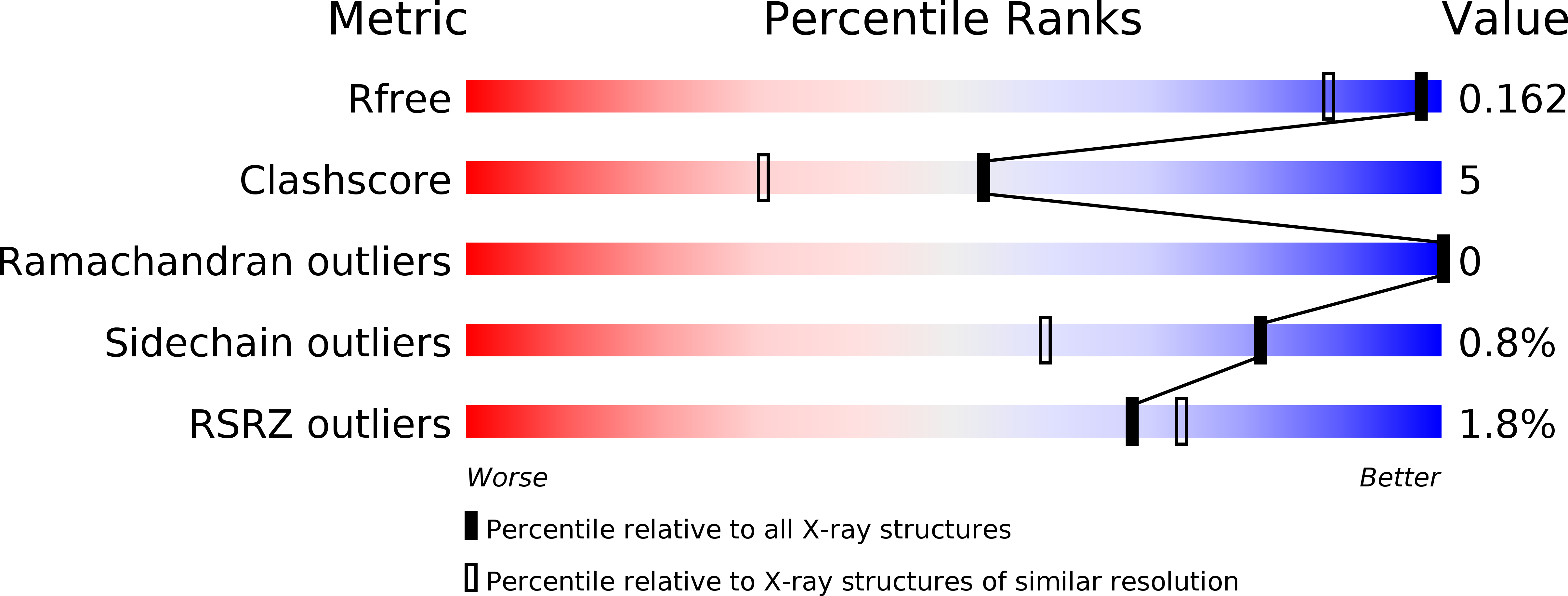
Deposition Date
2017-07-21
Release Date
2018-01-17
Last Version Date
2024-10-23
Entry Detail
PDB ID:
5WJ3
Keywords:
Title:
Crystal structure of green fluorescent protein Clover mutant S147C/Q204C
Biological Source:
Source Organism:
Aequorea victoria (Taxon ID: 6100)
Host Organism:
Method Details:
Experimental Method:
Resolution:
1.35 Å
R-Value Free:
0.16
R-Value Work:
0.14
R-Value Observed:
0.14
Space Group:
P 21 21 21


